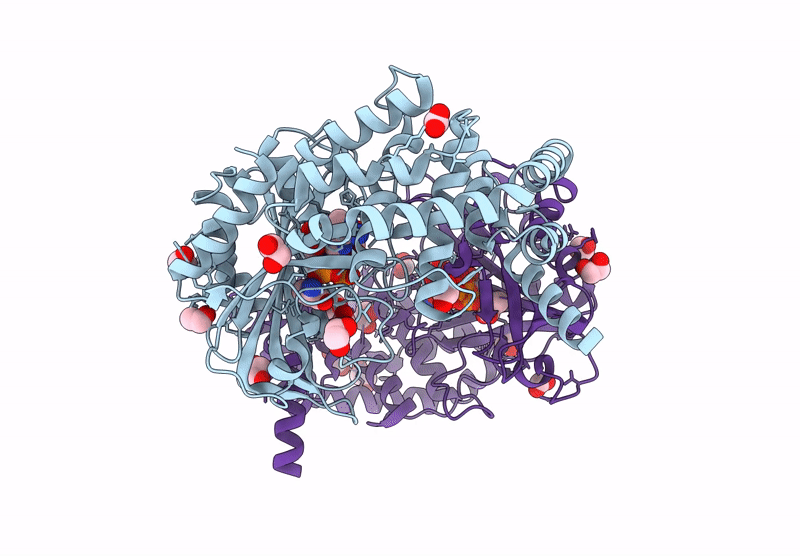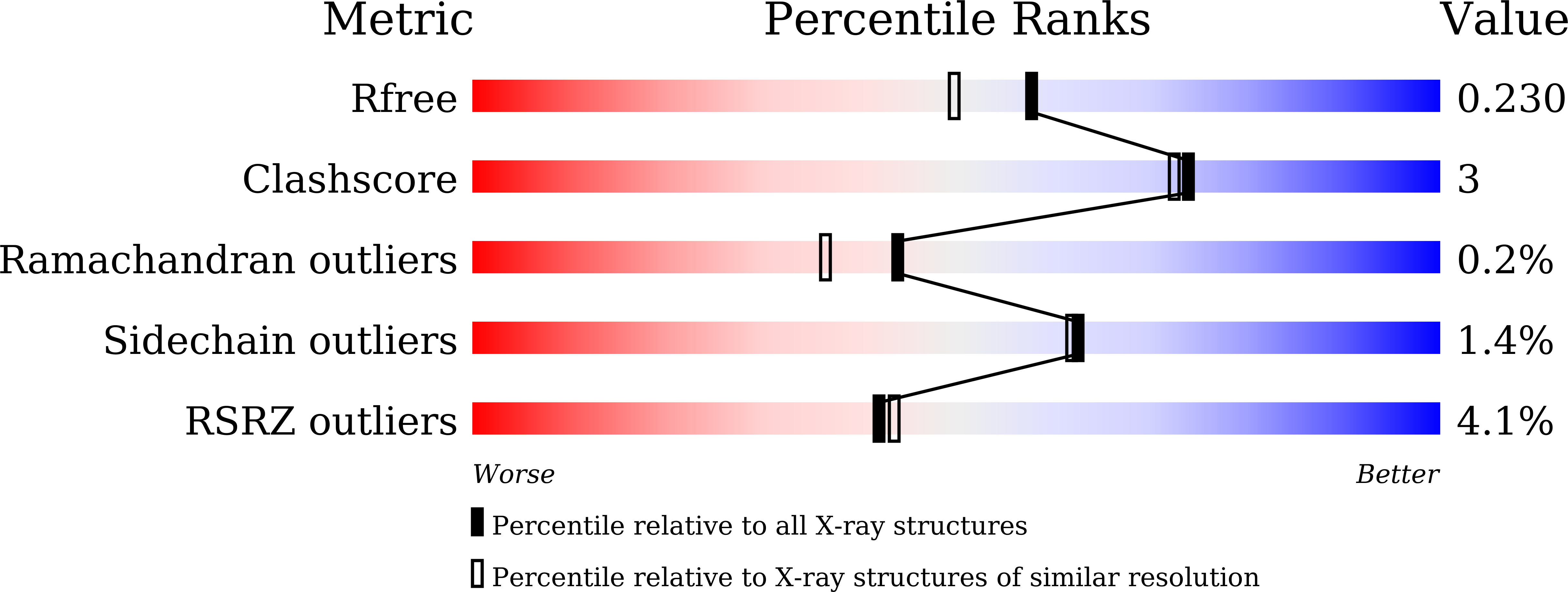
Deposition Date
2024-08-28
Release Date
2025-06-18
Last Version Date
2025-06-25
Entry Detail
PDB ID:
9JC7
Keywords:
Title:
Crystal structure of alanyl-tRNA synthetase in complex with ATP and L-alanine
Biological Source:
Source Organism:
Methylomonas sp. DH-1 (Taxon ID: 1727196)
Host Organism:
Method Details:
Experimental Method:
Resolution:
1.90 Å
R-Value Free:
0.23
R-Value Work:
0.19
R-Value Observed:
0.20
Space Group:
P 1 21 1


